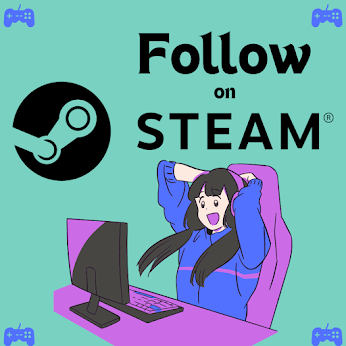In a word: "Fangtastic". Okay, so the series is filled with enough bad puns to make any English major permanently stick their face in a cringe, but I have been a long-time fan of Monster High and the ways that they are changing the game in girls' toys. How does this fit the blog's theme of Video Games as Literature? Well, I'll get to that in a bit -- bear with me. I just want to mention a few things I like about what the toy line and show are teaching young girls:
- "Be Yourself. Be Unique. Be a Monster." This is the motto of Monster High, and it encourages girls to be different and not to be afraid of who they are. This theme is perpetuated throughout the movies and toy line, and is very different from the traditional message that Barbie has been giving children since time began: "You can do anything as long as you have the right hair color, proportions, and boyfriend."
- Monster High teaches girls that they aren't required to play with "girl toys" and do "girl" things. For instance, take a look at this skateboard (skateboarding is traditionally considered a boys' activity due to the amount of physical exertion required) made for Monster High fans:
So, video games. While Mattel has released several Monster High video games (which I have not played), my impression is that these games are not the greatest literary achievements in the gaming world (this impression comes from the following Let's Play videos that I have skimmed on YouTube -- warning for language).
What has recently impressed me, however, is an initiative by Mattel to teach young girls the very basics of coding (check out the website for this movement here). There is a large amount of controversy regarding the need for more girls to be involved in STEM fields, and every time a new "girl toy" is released that seems to move girls away from being interested in science and math the internet begins to complain. This is why I was so impressed to see the following video from Monster High:
While the principles taught in these browser games are very, very basic, they are intended to get girls interested in real coding, and that's what really counts here.
How does this relate to literature? Well, the more viewpoints (women, minorities, etc.) we find involved in the creation process of our newest medium (video games), the more potential there will be for creative variety. I can't wait to see what this generation of young girls will contribute to literature in all of its forms in the future.
By the way, one "girl" game that I can highly recommend is Disney's Brave -- for a licensed game supposedly intended for young girls, this game is rich and challenging! And, of course, the heroine, Merida, is anything but a traditional girl. If you haven't seen the movie, that's high on my list of recommendations, as well.










Nice one. I agree 99%; my only quibble with MH is that while the characters are free to be freaky, they still have the disproportional and unrealistic Bratz doll body types. The smart ghoul is still the only one with glasses I think. Still, head and shoulders (heehee) over most other dolls on the market. I didn't know about the coding aspect, but that is wonderful! What do you think of the Project MCsquare dolls?
ReplyDeleteYes, I do have problems with the MH doll proportions (especially the fact that they have "thigh gap" -- not even my childhood Barbies had that!), though I don't think they're nearly as extreme as Bratz. And there is some variation in height and body type, which is nicer than many other dolls on the market. I've never seen the Project MCsquare dolls, but I just looked them up on Amazon and they look really cool! They're still similar proportion-wise to MH dolls, though...
ReplyDeleteTrue.
Delete